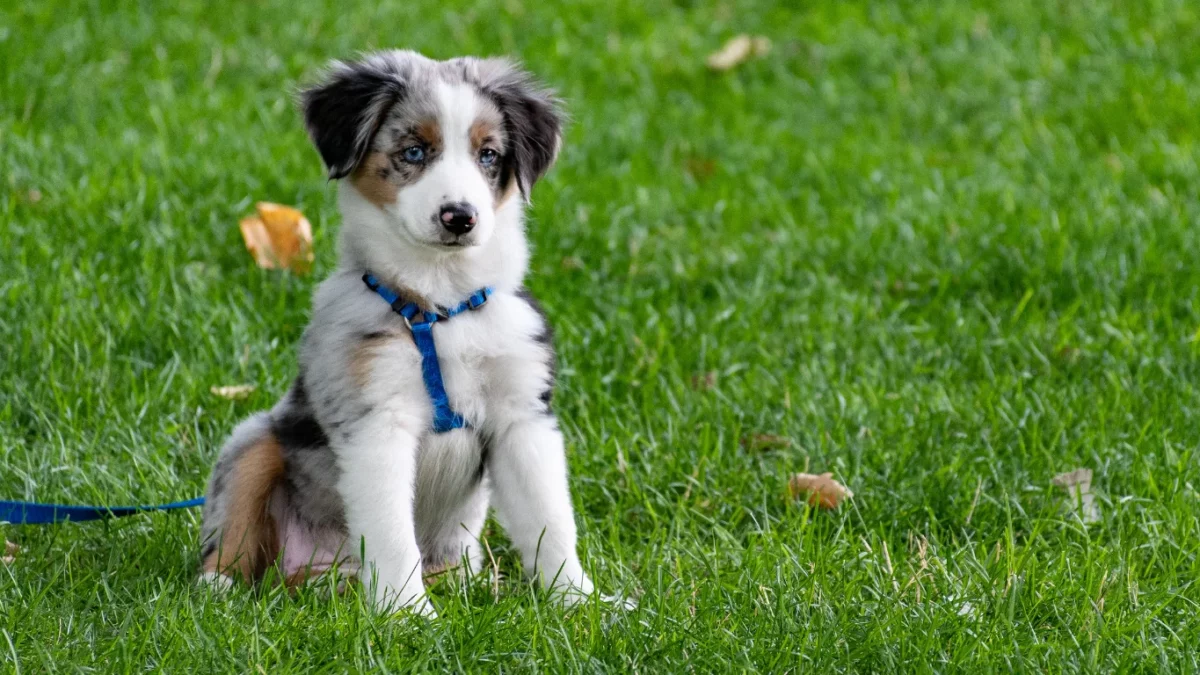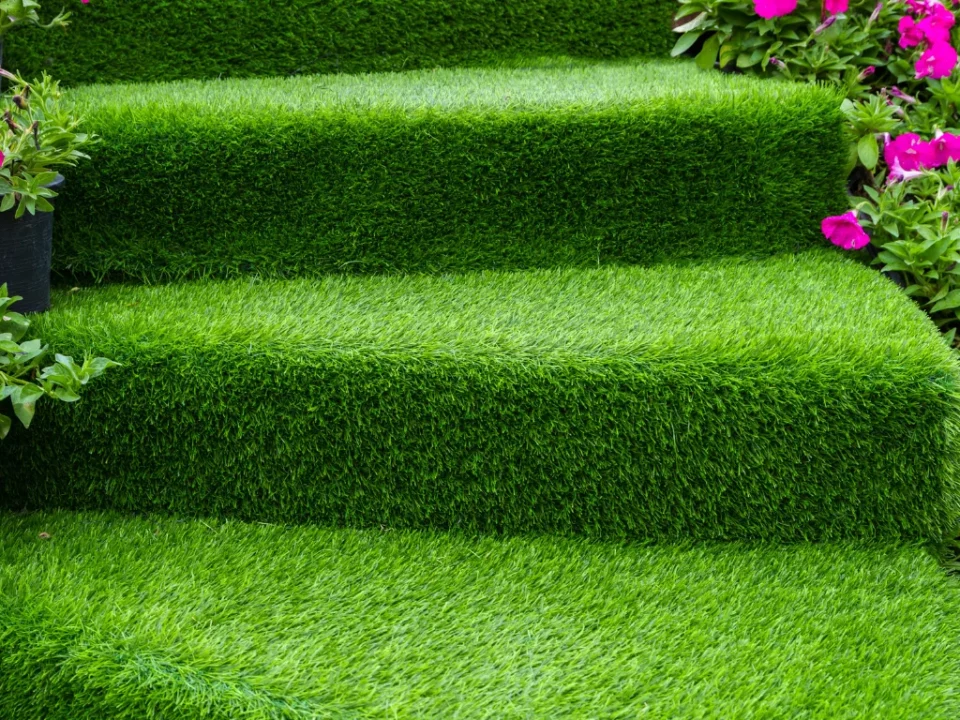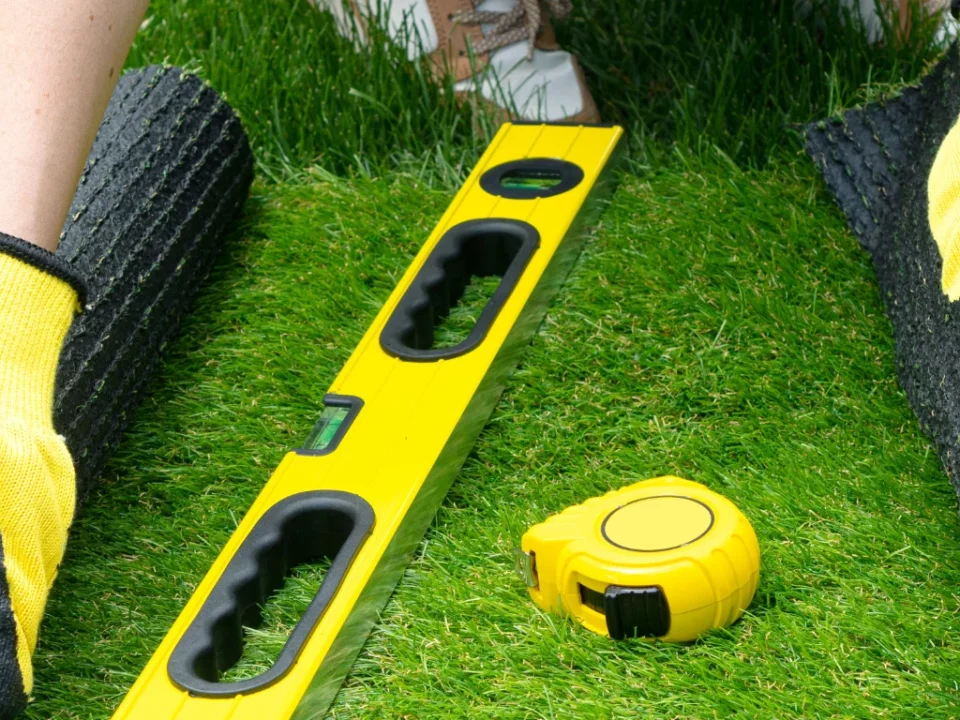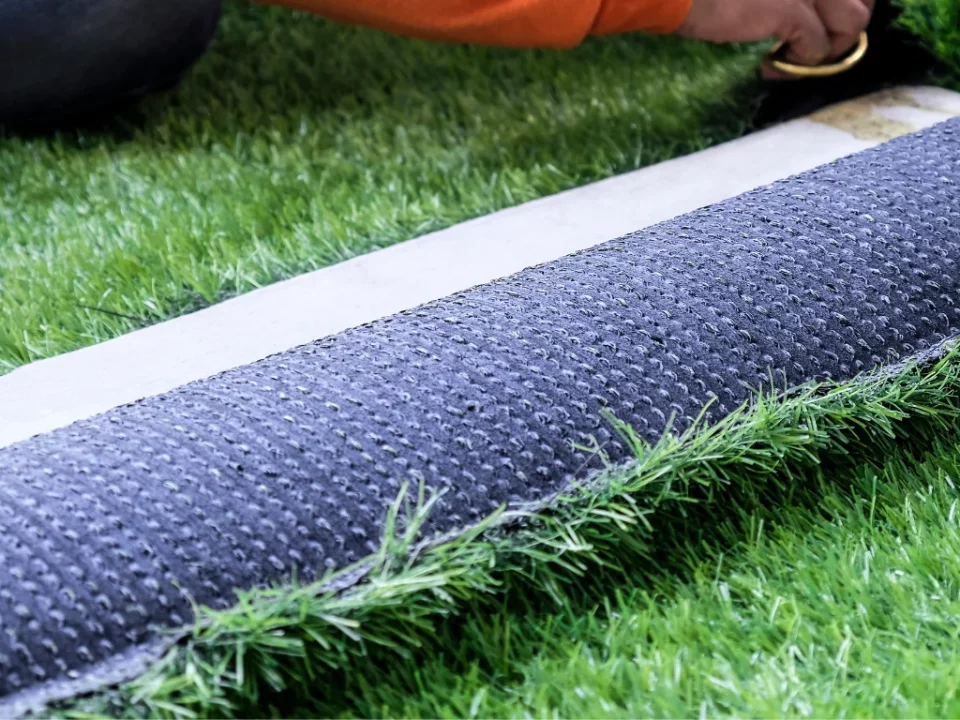Installing artificial grass is an excellent way to enjoy a lush, green lawn year-round without the demands of regular watering, mowing, or fertilizing. Homeowners are increasingly turning to artificial turf as a low-maintenance, environmentally friendly solution for their outdoor spaces. Whether you’re transforming your backyard, side yard, or even a rooftop area, understanding what to expect and how to prepare for artificial grass installation is essential for a successful project.
Artificial Grass Installation: What to Expect During the Process
The artificial grass installation process begins with a thorough site evaluation. A professional team will inspect the area to assess the terrain, drainage conditions, and any necessary preparations. This ensures the turf will lay flat, drain properly, and provide a long-lasting, durable surface. Once the area is reviewed, the existing grass or soil is removed to create a smooth foundation for the new surface.
Next, a base layer of crushed rock or decomposed granite is spread and compacted. This layer provides stability and promotes proper drainage, preventing water from pooling beneath the artificial turf. A weed barrier is typically added at this stage to prevent growth underneath the grass. Then comes the turf itself, which is carefully rolled out, cut to fit the shape of your yard, and secured in place with nails or adhesive. The seams are joined seamlessly, and infill—such as silica sand or rubber granules—is brushed in to support the blades and give the grass a natural feel.
Artificial Grass Installation: How to Prepare Your Space
Before artificial grass installation begins, it’s important to prepare your space properly. Start by clearing the area of any furniture, plants, or debris. If there are existing irrigation systems, they should be capped or rerouted, since artificial grass does not require watering. It’s also helpful to discuss with your installation team if you plan to install any edging, lighting, or hardscaping features around the new turf.
Consider how you intend to use the space. Whether it’s for a pet-friendly yard, a kid’s play area, or a putting green, different types of artificial grass are available to suit each need. Your installer can help you choose a turf type that aligns with your goals in terms of softness, durability, and appearance. It’s also wise to confirm any local guidelines or HOA regulations related to synthetic grass to avoid surprises after installation.
Final Thoughts on Artificial Grass Installation and Maintenance
Once the artificial grass installation is complete, your new lawn is immediately usable and requires minimal upkeep. Basic maintenance includes occasionally brushing the blades to keep them upright, removing debris, and rinsing the surface if needed to keep it clean and fresh. Unlike natural grass, there’s no need for pesticides or fertilizers, making artificial turf a safer and more sustainable choice for families and pets.
By understanding what to expect during the installation process and how to prepare in advance, you can ensure a smooth experience and enjoy the long-term benefits of a beautifully manicured lawn. Whether for aesthetic appeal, functionality, or environmental reasons, artificial grass installation offers a practical solution that enhances outdoor living spaces with ease.






